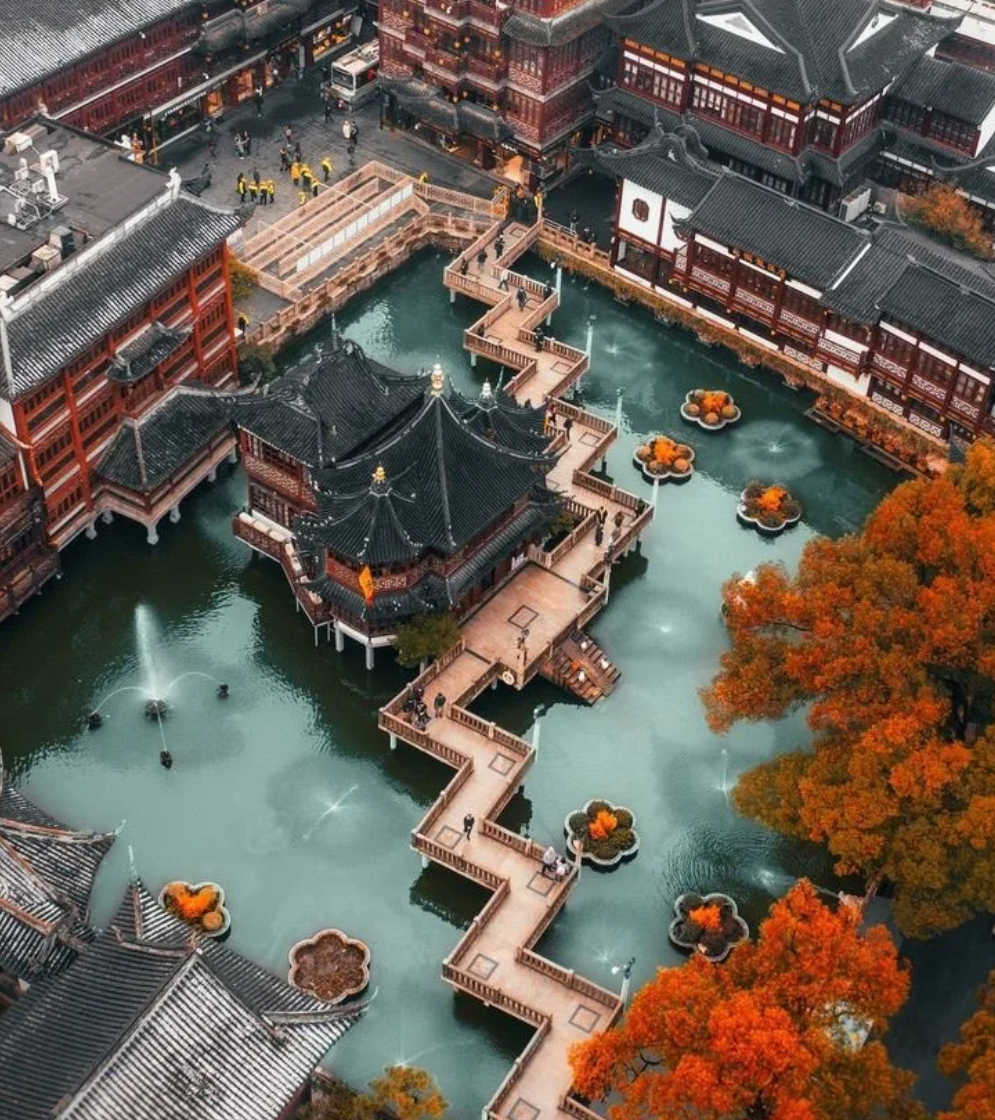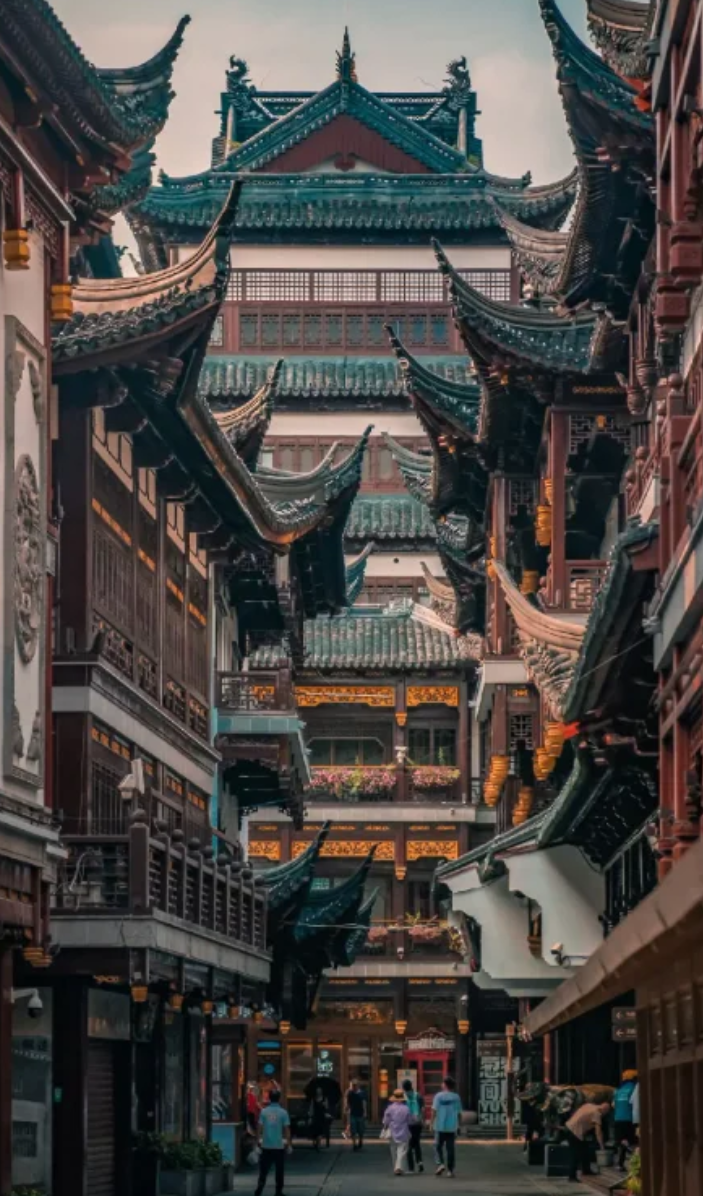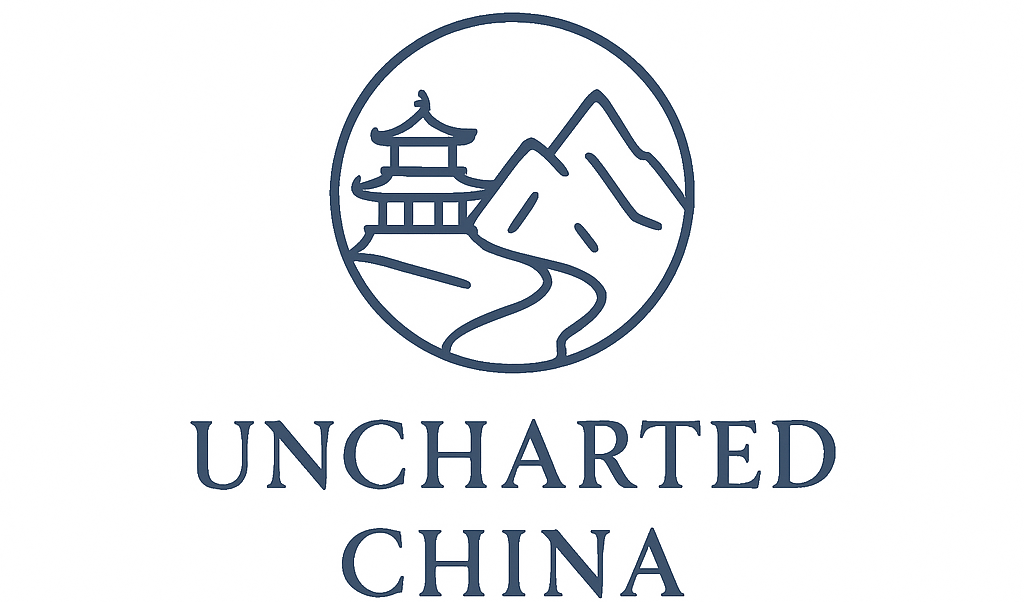Key Landmarks
Yuyuan Garden - 豫园
Key points
Yuyuan Garden, is a 400-year classical Chinese garden. It was first intended as a private garden, embodying the concept of a "world in miniature".
Spanning over 2 hectares, the garden features more than 40 scenic spots, including pavilions, rock formations, ponds, and bridges, making it a key cultural landmark.
Key dates:
- 1559: Pan Yunduan, a local official began construction to create a private garden for his father.
- 1577: The garden was completed after 18 years of design and construction.
- 1850–1864: The garden suffered damage during the Taiping Rebellion, a major civil war that impacted Shanghai.
- 1950s: Extensive restoration efforts in the mid-20th century to revive its splendor.
Today’s Complex:
- Exquisite Jade Rock (玉玲珑): A 3.3-meter, 5-ton porous boulder, rumored to have been intended for the Huizong Emperor’s imperial garden in the Northern Song Dynasty, salvaged from the Huangpu River after a shipwreck.
- Nine Bend Bridge: A zigzag bridge outside the ticketed area, famous for its colorful nighttime lights and lantern exhibitions during Chinese New Year, connecting to the Yuyuan Bazaar.
- Pavilions and Halls: Notable structures like Sansui Hall and Wanhua Chamber showcase traditional Chinese architecture with complex woodwork.
Nearby: Explore the Yuyuan Bazaar (also known as Shanghai Old Street), packed with souvenir shops.
Metro Access: Metro Line 10 & 14, Yuyuan Garden
Opening hours: 8:45 am - 4:45 pm; close on Mondays



City God Temple - 上海城隍庙
Key points
The Shanghai City God Temple, is a historic Taoist folk temple. Established in 1403 during the Ming Dynasty, it was originally the Jinshan God Temple, dedicated to the spirit of Jinshan Island, before being converted to honor three city gods—Huo Guang (Han Dynasty chancellor), Qin Yubo (Yuan Dynasty civil servant), and Chen Huacheng (Qing Dynasty general)—who are revered as Shanghai’s protectors.
Spanning a large southern-style complex, the temple is a cultural and spiritual landmark, surrounded by a bustling pedestrian zone with shops, cafes, and traditional snack stalls.
Key dates:
- 1403: Constructed as Jinshan God Temple and converted to City God Temple during the Ming Dynasty
- 1821–1850: Expanded to its largest extent, becoming a central hub for religious worship and commerce in the Qing Dynasty.
- 1951: The temple’s Board of Trustees was dissolved, and it was handed over to the Shanghai Taoist Association, shifting focus to Taoist practices.
- 1966–1976 (Cultural Revolution): Closed and repurposed; the main hall was used as a jewelry shop, with many statues removed or destroyed.
- 1994: Restored to its original function as a Taoist temple and opened as a tourist attraction, with renovations continuing into the 2000s.
Key Features:
- Taoist Architecture: The temple complex features traditional southern-style buildings, including the Main Hall, Yuan Chen Hall, God of Wealth Hall, decorated with intricate woodwork and Taoist iconography.
- Three City Gods: Dedicated to Huo Guang, Qin Yubo, and Chen Huacheng, the temple houses altars for offerings and prayers for protection and prosperity.
Metro Access: Metro Line 10 & 14, Yuyuan Garden
Opening hours: 8:45 am - 4:45 pm; close on Mondays
